High Energy Astronomy Observatory 3
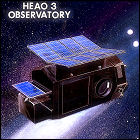 NASA launches the third and final High Energy Astronomy Observatory satellite into Earth orbit, where it begins studying gamma ray sources and the nature of cosmic rays. There is also an experiment package designed to detect heavy atomic nuclei. HEAO-3 will remain in service through May 1981, and it will re-enter Earth’s atmosphere in December of that year.
NASA launches the third and final High Energy Astronomy Observatory satellite into Earth orbit, where it begins studying gamma ray sources and the nature of cosmic rays. There is also an experiment package designed to detect heavy atomic nuclei. HEAO-3 will remain in service through May 1981, and it will re-enter Earth’s atmosphere in December of that year.

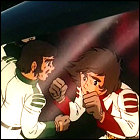 The
The 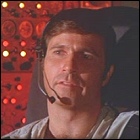 NBC airs the
NBC airs the 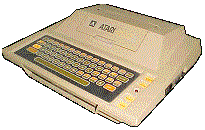 Atari introduces the Atari 400 and Atari 800 home computers, one of the company’s first major product lines to show the imprint of Warner Communications. With only 8K of RAM (expandable to 16K), the Atari 400 (shown here) is intended to be more of a game machine, while the 48K Atari 800, with an actual keyboard, is intended to make inroads into the increasingly crowded home computer market. The same basic architecture, with significant modifications, will form the core of Atari’s next-generation video game console, the Atari 5200, which will be released in 1982.
Atari introduces the Atari 400 and Atari 800 home computers, one of the company’s first major product lines to show the imprint of Warner Communications. With only 8K of RAM (expandable to 16K), the Atari 400 (shown here) is intended to be more of a game machine, while the 48K Atari 800, with an actual keyboard, is intended to make inroads into the increasingly crowded home computer market. The same basic architecture, with significant modifications, will form the core of Atari’s next-generation video game console, the Atari 5200, which will be released in 1982.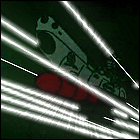 The
The 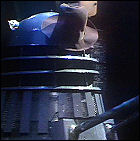 The
The 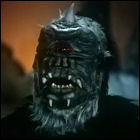 CBS airs the
CBS airs the 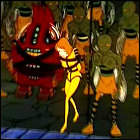 The
The 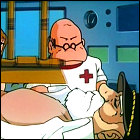 The
The 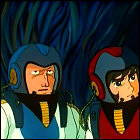 The
The 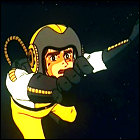 The
The 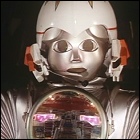 NBC airs the
NBC airs the 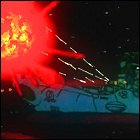 The
The 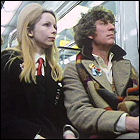 The
The 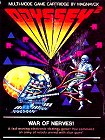 Magnavox releases the video game cartridge
Magnavox releases the video game cartridge  Fed up with Atari’s refusal to grant them bylines on the best-selling games they’ve been designing and programming for the
Fed up with Atari’s refusal to grant them bylines on the best-selling games they’ve been designing and programming for the 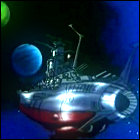 The
The 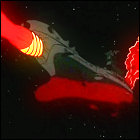 The
The 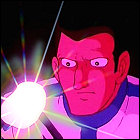 The
The 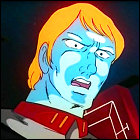 The
The 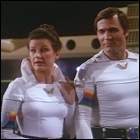 NBC airs the
NBC airs the 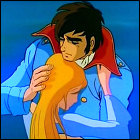 The
The 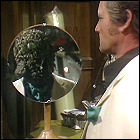 The
The 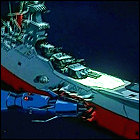 The
The 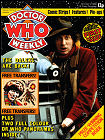 Under the watchful eye of Marvel UK editor Dez Skinn, Doctor Who Magazine‘s first issue hits British newsstands under the title Doctor Who Weekly (it goes monthly after 61 weekly issues, coinciding with the beginning of Peter Davison’s tenure). Included are pictorial retrospectives of past Doctors and Dalek stories, a fourth Doctor comic titled “The Iron Legion”, a Doctor-less Dalek comic, and – oddly and yet appropriately – the first part of a comic adaptation of H.G. Wells’ “The Time Machine” scripted by Chris Claremont, all in 28 pages. Rub-off transfer artwork of the fourth Doctor, various explosions and dinosaurs (unrelated to the current TV episodes) are also included on the front cover.
Under the watchful eye of Marvel UK editor Dez Skinn, Doctor Who Magazine‘s first issue hits British newsstands under the title Doctor Who Weekly (it goes monthly after 61 weekly issues, coinciding with the beginning of Peter Davison’s tenure). Included are pictorial retrospectives of past Doctors and Dalek stories, a fourth Doctor comic titled “The Iron Legion”, a Doctor-less Dalek comic, and – oddly and yet appropriately – the first part of a comic adaptation of H.G. Wells’ “The Time Machine” scripted by Chris Claremont, all in 28 pages. Rub-off transfer artwork of the fourth Doctor, various explosions and dinosaurs (unrelated to the current TV episodes) are also included on the front cover.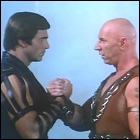 NBC airs the
NBC airs the 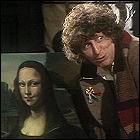 The
The 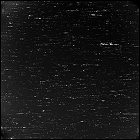 NASA temporarily loses contact with unmanned space probe Voyager 1 as it cruises toward Saturn. A science experiment is conducted which requires Voyager to point its antenna away from Earth and enter a rolling maneuver, but ground controllers do not hear back from Voyager 1 when they expect to receive the signal that the experiment has ended. A tracking station in Australia sends a wide-beam command to Voyager 1 to reorient itself; it is later discovered that, attempting to regain its orientation with respect to Earth, Voyager 1’s star tracker locked on to Alpha Centauri instead of Canopus, pointing its antenna dish five degrees away from Earth. Normal operations resume once Voyager is pointed correctly. A similar problem will again cause Voyager 1 to break contact after a course correction burn in December.
NASA temporarily loses contact with unmanned space probe Voyager 1 as it cruises toward Saturn. A science experiment is conducted which requires Voyager to point its antenna away from Earth and enter a rolling maneuver, but ground controllers do not hear back from Voyager 1 when they expect to receive the signal that the experiment has ended. A tracking station in Australia sends a wide-beam command to Voyager 1 to reorient itself; it is later discovered that, attempting to regain its orientation with respect to Earth, Voyager 1’s star tracker locked on to Alpha Centauri instead of Canopus, pointing its antenna dish five degrees away from Earth. Normal operations resume once Voyager is pointed correctly. A similar problem will again cause Voyager 1 to break contact after a course correction burn in December.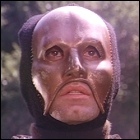 NBC airs the
NBC airs the 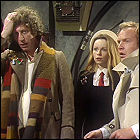 The
The